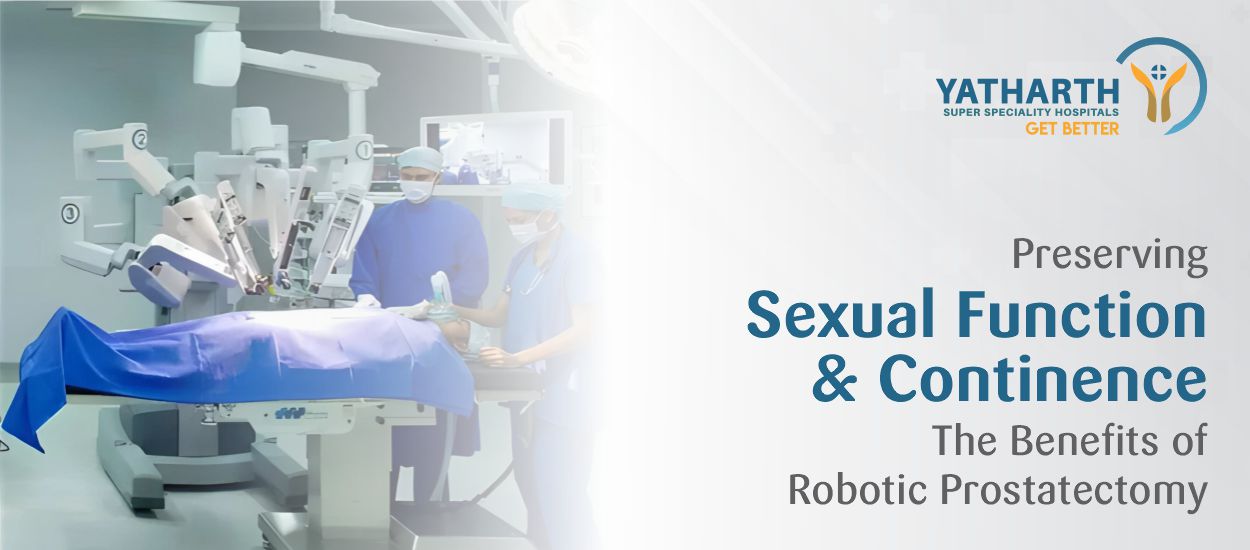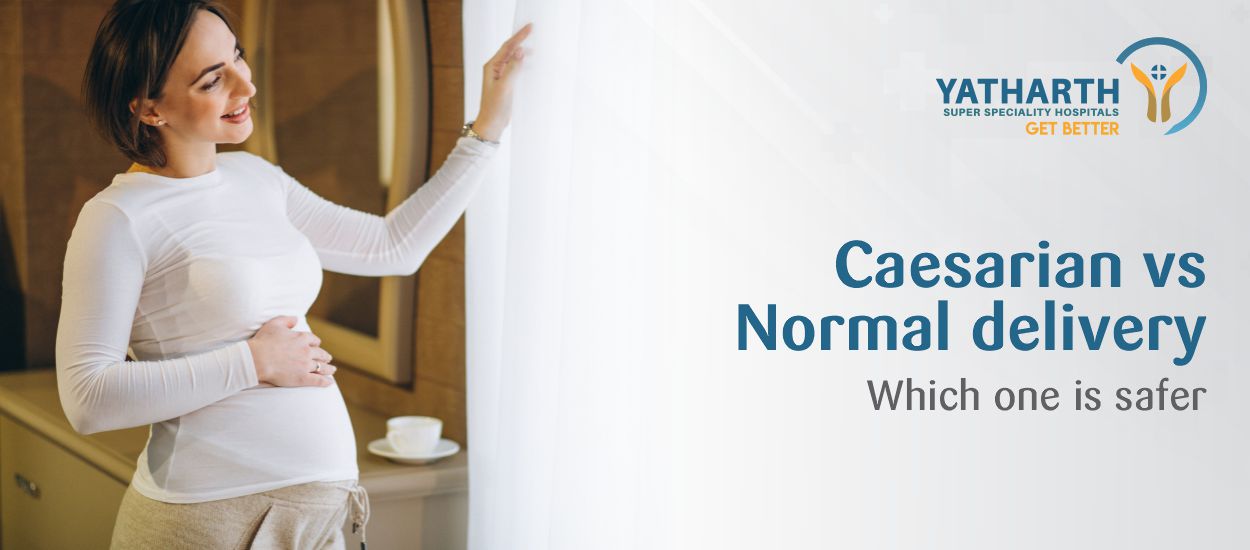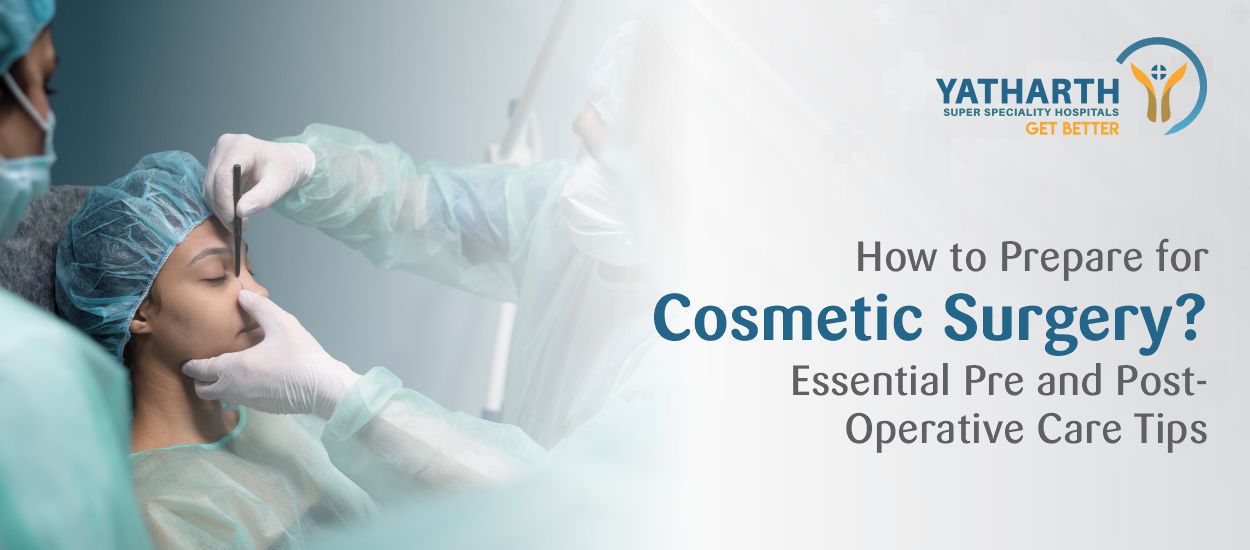In prostate cancer cases, radical prostatectomy (removalof the entire prostate gland) is one of the treatments of choice for males with substantial localised prostate cancer. Radical prostatectomy can be a challenging operation, partlybecause the structures necessary for urinary continence and sexual function lie close to the prostate, where the cancer is localised.
Traditionally,radical prostatectomy was done using an open surgical technique. Later, keyhole laparoscopic techniquesreplaced this and keyhole robotics followed. In recent years,the Da Vinci robotic system has been one of the major advances in performing radical prostatectomy to treat prostate cancer. It is asophisticated robotic surgery system with enhanced vision that ensures a safer, more precise,controlled, minimally invasive removal of a cancerous prostate.
Here, miniaturised robotic instruments are passed via several small keyhole incisions in the abdomen,permittingthe surgeon to remove the prostate and nearby tissues with high precision. Unlike a conventional radical retro-pubic prostatectomy involving an abdominal incision extending from the navel to the pubic bone, this process is much less invasive.
Understanding the Procedure
In this procedure, high-definition 3-dimensional endoscopes and image processing tools are used to offer a magnified image of delicate structures around the prostate gland (nerves, blood vessels and muscles).This allows for optimal preservation of the vital structures. Eventually,the cancerous prostate is extracted via one of the keyhole incisions.
While performing most of the procedure, the surgeon will sit at a computer console, manipulating tiny wristed instruments providing a far wider range of motion than human wrists.Thereby, the surgery is undertaken without human hands entering the patient’s body.The robotic system facilitates a much greater range of motion than human handswhile its built-in tremor-filtration technology helps in moving instruments smoothly and accurately.The console minimises any human hand tremors and controls the four robotic arms to precisely replicate the surgeon’s movements.
The surgeon’s first aim is gaining access to the abdomen,achieved via six small incisions.A trocar is then inserted, allowing continuous access to the surgical space. Now, robotic arms are attached to the trocar, from where the robotic instruments are introduced.
Thereafter, the prostate as well as vasa and seminal vesicles are exposed and then detached from the surroundings, which includes the urinary bladder and rectum.Utmost care is taken to preserve the urinary sphincter and neurovascular bundles, if possible, as these are responsible for erection. Once the prostate is removed, urinary system continuity is attained by having the bladder sutured with the urethra over a catheter, which is kept there for some days.
Generally, the surgery takes around two or three hours and is done under general anaesthesia. After the surgery, the surgical drain is kept insidetogether with a urinary catheter. The next day, this drain is removed and the patient is given home discharge with the catheter retained for four to seven days.
Advantages of Minimally Invasive Surgery
Supported by targeted biopsies and pre-operative MRI scans, robotic prostatectomy ensures a precise removal of the entire cancerous prostategland, with a slim chance (less than 5%)of leaving any cancer behind. As a minimally invasive surgery, it enables protection of all important structures surrounding the prostate,which are responsible for sexual function and urinary continence.The precise techniquegives patients the best chance of recovering continence much faster after surgery.
Following robotic prostatectomy,most males who had normal sexual function and received treatment for early-stage prostate cancer will regain erectile function and enjoy satisfying sex lives. Nonetheless, this is a gradual process that could take up to a year. Only a few patients may experience erectile dysfunction.
The Need for Rehabilitation
In such cases, penile rehabilitation will help in regaining sexual functions. But prolonged periods without proper blood flow to the penis can damage the tissue and muscle of patients, affectingthe ability to have erections on their own. Penile rehabilitation aims to ensure the penile muscles and tissue are oxygenated and stretched.This preserves erectile function while the penile nerves recoverfully. Therefore, patients can begin work on penile rehabilitation even before their surgery.
Pre-operative visits may comprise early evaluation, testosterone level estimations and penile Doppler studies (a test to check blood flow into and out of the penis) if it is felt that patients may benefit from these evaluations. Sometimes, penile rehabilitation using medications may begin some weeks before the surgery to improve blood supply to the penis and kick-start sexual rehabilitation.
Conversely, post-operative rehabilitation typically begins weeks later and covers specific treatment options to optimise recovery. These include an intra-urethral suppository, oral medications, vacuum device therapies and penile implants.
Vacuum device therapies (vacuum pumps) refer to mechanical devices that pull blood into the penis to attain an erection. A plastic cylinder,this device is placed over the penis and activatedwith a manual or battery-operated pump. As for penile implants,these are permanent devices placed inside the penissurgically. When drug treatments or allied therapies fail to resolve erectile dysfunction, penile implants could be a satisfying option.
Being less invasive, robotic prostatectomy provides multiple benefits compared to conventional open surgery. These include decreased operation time, limited blood loss, less pain, shorter hospital stays, faster recovery period (though the catheter will remain in the bladder for some time after a robotic or open surgery), few complications (like infections), less noticeable scars, early urinary continence after surgery and better sexual function preservation.
Potential Risks
However, there are a few potential risks such as bleeding, infection at the surgical site and adjacent tissue or organ damage. Additionally, the degree of major side effects could be somewhat the same as an open surgical procedure. The main ones are urinary incontinence (inability to control urine) and erectile dysfunction (impotence). In the first instance, although urinary incontinence could occur after a robotic prostatectomy, this side effect often improves with time.
In the second case, the return of erectile function after prostatectomy depends on a patient’s age, the level of preoperative sexual function and whether the nerves were spared during the surgery. Barring the detection or suspicion of cancer in the nerve tissue, nerve-sparing techniques are always used to minimise the surgical impact on sexual function during robotic prostatectomy.
Some General Guidelines
After the procedure, a wait of four weeks is always recommended before resuming sex. Although most patients will climax, ejaculation won’t occur. In the case of erections, while some patients will begin having erections soon after surgery, others could require up to two years for the same.
Most patients may resume working within one or two weeks while almost all other activities can be resumed after a month. For occupations that need heavy lifting, it must be noted that only light duties are permitted for four to six weeks. If other doubts persist, the doctor in charge will clarify the same.














